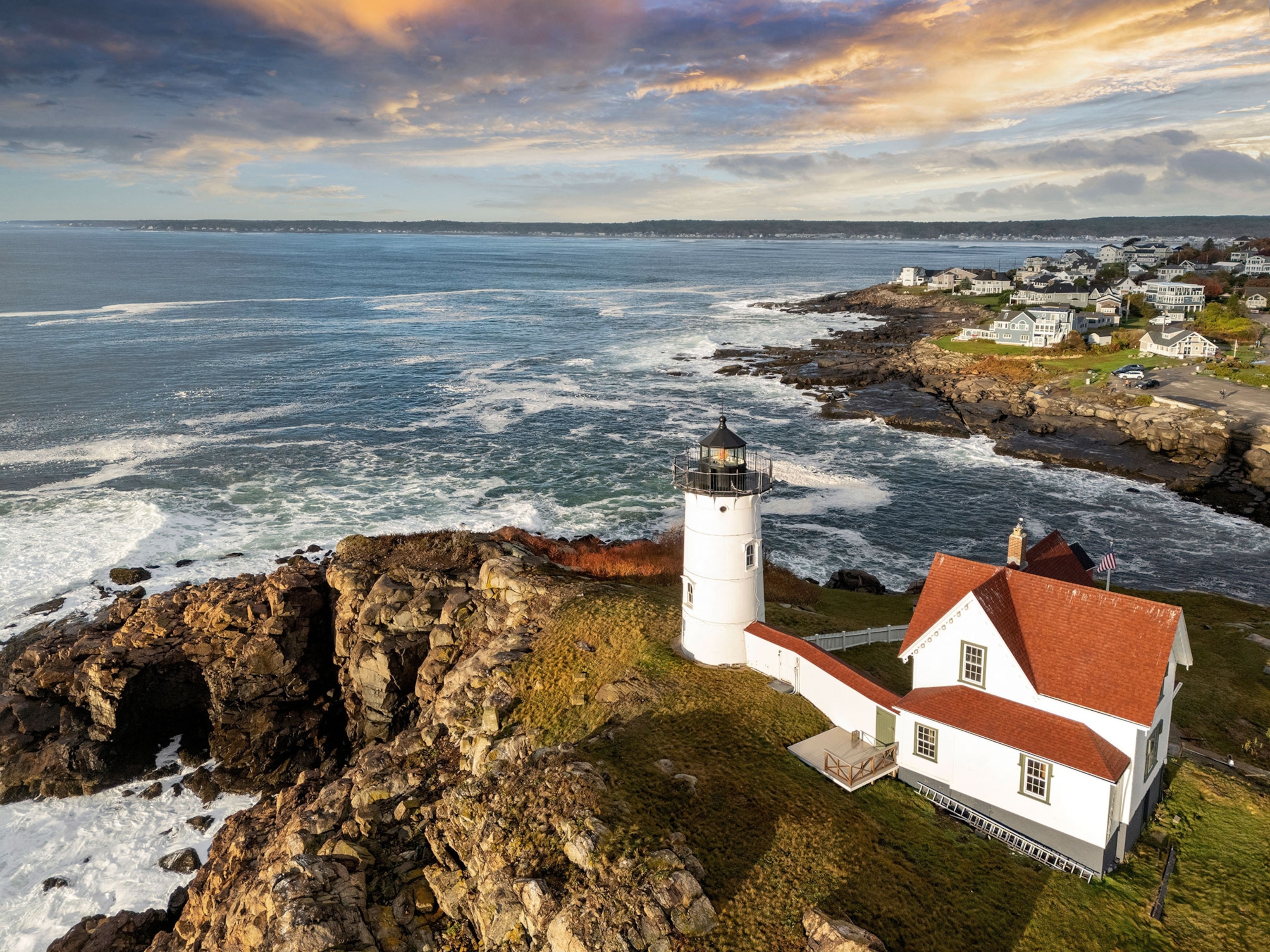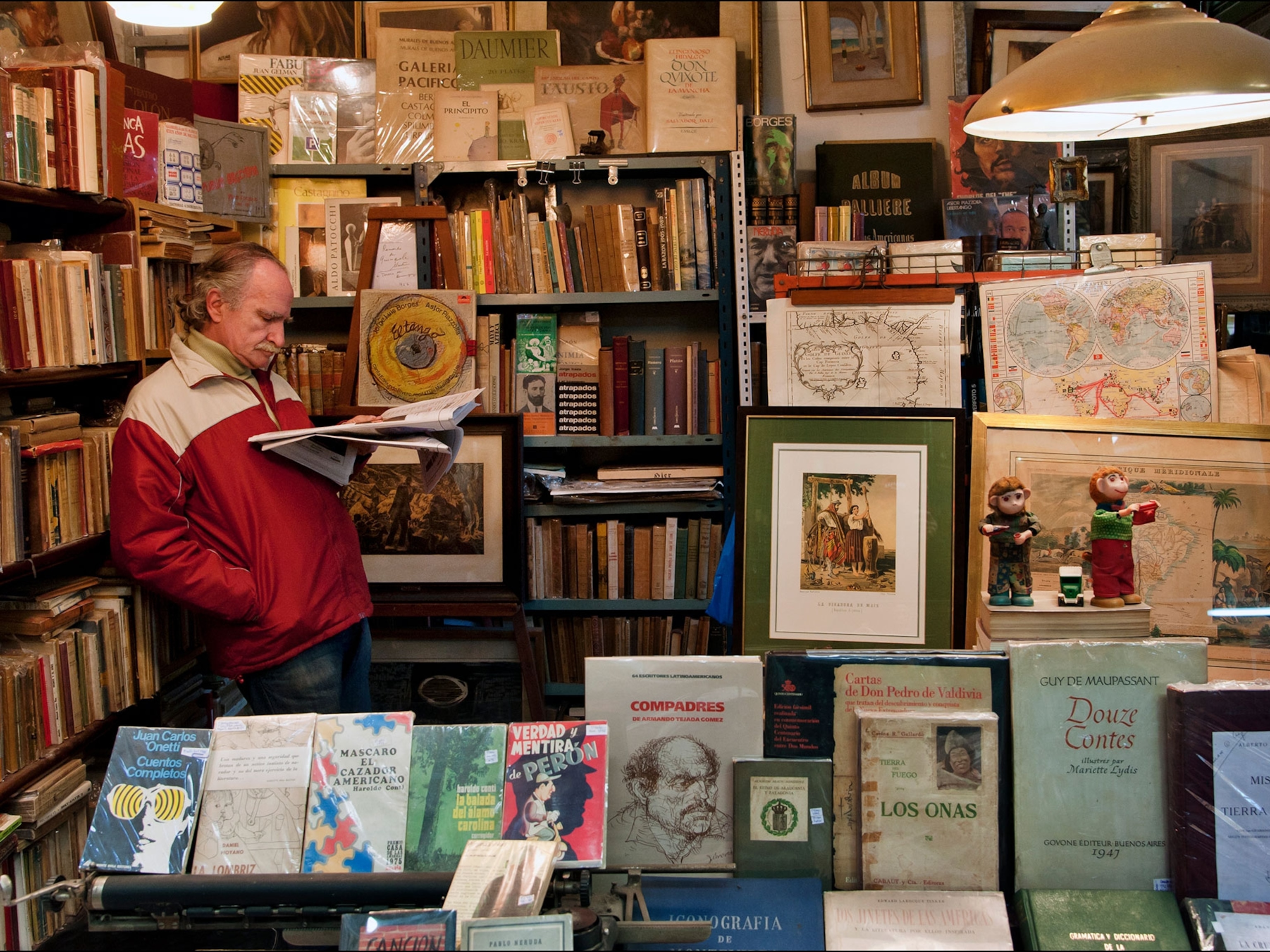
Everything to Know About San Juan
Here's how to plan the best possible trip to Puerto Rico's enchanting capital.
Mix sweeping ocean views, massive fortresses, colorful colonial buildings, and bustling blue cobblestone streets and you’ve got yourself an eclectically vibrant city. It’s easy to mingle with San Juan locals, learn new salsa steps, and sample fresh treats as you spend the day immersed in your own walking tour through 16th-century colonial history.
When to Go
The holiday season is Puerto Rico’s liveliest time of the year. Starting after Thanksgiving and lasting until Three Kings Day on January 6, the season combines delicious food, festive merrymaking in the form of parrandas (Puerto Rico’s version of caroling), and many festivals.
Celebrate
Locals look forward to the Fiestas de la Calle San Sebastián as excitedly as New Orleans locals look forward to Mardi Gras. Celebrated the last week of January, the San Sebastián Street Festival officially marks the end of the holiday season. In a nutshell, it’s four days of parades, music, dancing, libations, and crafts from more than 500 artisans, all centered on Calle San Sebastian in Old San Juan.
What to Eat
Puerto Rico’s cuisine blends indigenous, African, and Spanish influences. Mofongo, a mash made of pickled and fried green plantains, is its most quintessential dish. If you try only one traditional dish in San Juan, order the stuffed mofongo with shrimp and a side of arroz con gandules, rice with pigeon peas.
Souvenir to Take Home
If there’s one thing Puerto Ricans do best—aside from put on a boozy celebration at the mention of, well, any good news—it’s make rum. Go one step further and pick up a bottle of coquito, a drink made with coconut milk and rum. Add a bag of ground coffee by Yaucono and you’re good to go.
- National Geographic Expeditions
Sustainable Travel Tip
Support the island’s strongest agricultural industry—coffee—by visiting a plantation like family-owned Hacienda San Pedro.
Instagram-Worthy View
Anyone who’s ever visited San Juan has likely come back with a snap of its iconic Puerta de la Bandera in Calle San José. This giant colonial door, which depicts the Puerto Rican flag, was painted by local artist Rosenda Álvarez as a symbol of national identity. In July 2016, it was partly repainted black to symbolize the island’s unease with the institution of a fiscal oversight board. That aside, the emblematic door remains an arresting sight.





